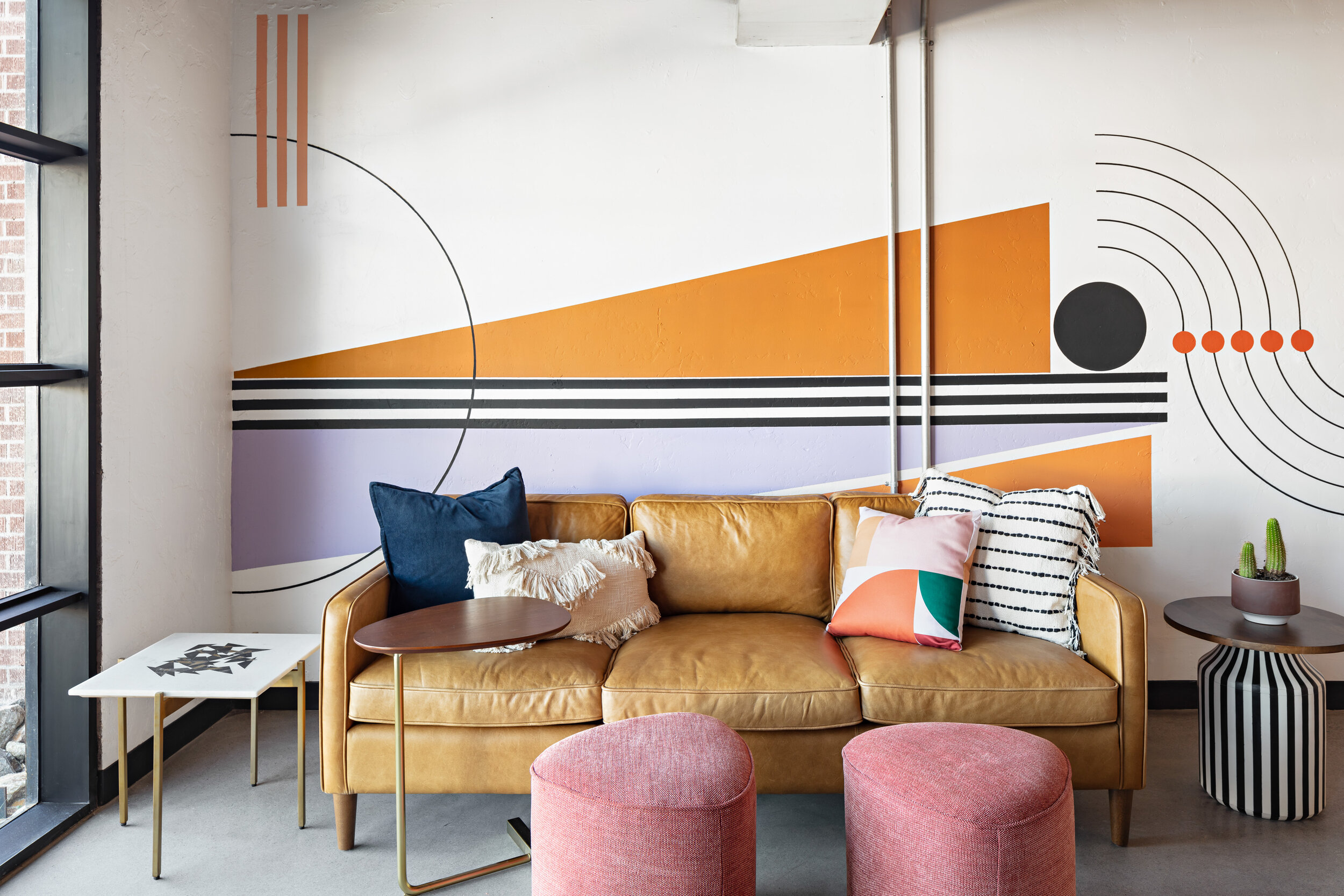MCI recently partnered with Portland-based lifestyle photographer and travel blogger Alivia Fields (@aliviafields) to help design her new PDX apartment: an eco-friendly oasis filled with light, love and avocado toast. Now we’re excited to share the reveal!
Travel photographer + social influencer + environmental activist. Alivia Fields is passionate about ethical living and sustainability. Learn more about her mission to spread light + love at aliviafields.co and check out her travelogue, Never Going Home.
Minimal and sustainably minded, the space combines earthy hues, natural textiles, and modern elements to create a stylish, down-to-earth atmosphere.
Check out Alivia’s Southeast Portland apartment tour for an inside look!

























